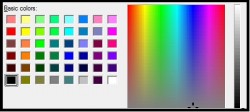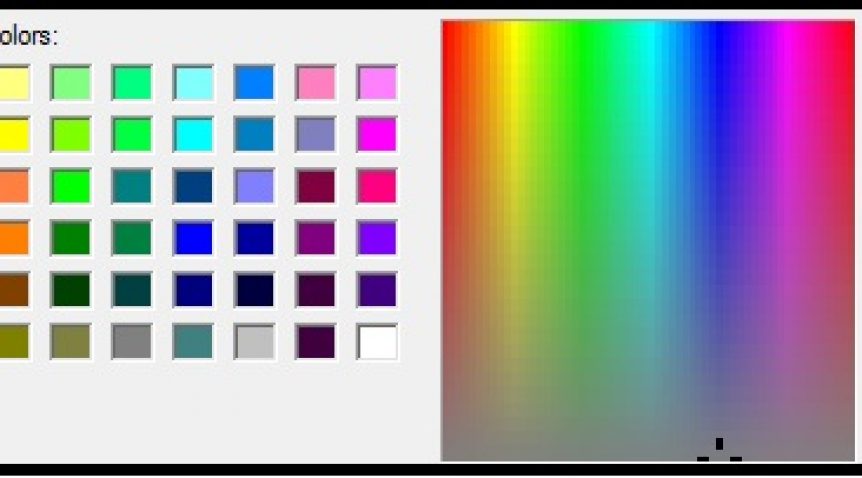
Did you know that the color scheme that you use on your room or workplace can influence your mood and productivity?
Colors are not just used for aesthetic appeal, it may also be used to stir up emotions as it has for the longest time. Colors greatly influence the state of the human mind and it has been an integral part of our daily lives. Various cultures always had different meanings associated with colors and different colors mean a lot to different people, however each color tends to have a general impression in the world of interior design. Interior designers have classified colors into 3 different groups: active, passive and neutral.
Active Colors:
- RED is the classic shade of energy, passion, love and excitement. However this intense color has also been known to increase the rate of the heart beat and appetite. That is the reason why designers do not really overuse this color and only do so to highlight and accentuate certain pieces.
- ORANGE is a mixture of red and yellow. It promotes enthusiasm and warmth but should be used sparingly as it has been said to stimulate the appetite.
- YELLOW is the color of sunshine and it gives optimism, happiness, brightness and joy. It is great in kitchens, dining rooms and home offices because it helps with work and decision making.
Passive Colors:
- BLUE is a natural tranquilizer because of its natural calming effect. This color works well when used in bedrooms because not only does it relaxes, but it also makes the room more spacious and airy.
- GREEN is the color of nature and can invoke a sense of harmony. It has been said that this is the most relaxing color for the human eye and aids in lowering blood pressure. It also helps alleviate anxiety and depression. Shades of green are recommended for bedrooms, bathrooms, playrooms or dens.
- VIOLET is a combination of the calm of blue and the intense energy of red. Because it is created by combining warm with a cool color, the color retains both warm and cool properties. This means it can either boost imagination and creativity or too much can cause moodiness.
- PINK is a delicate color that means charming, sweet, nice and feminine. It is almost the official color of little girls and big girls that want to be young at heart. 🙂
Neutral Colors:
- BLACK represents strength, power and authority. It is also a formal, elegant and prestigious color when used correctly. Too much use may dampen the mood and reduce the space of the room.
- WHITE represents purity, cleanliness and peace. White creates space and makes any room appear bigger and brighter. This is why designers generally use this color to paint ceilings and walls.
- GRAY is a color of restraint. Gray color helps create pleasant spaces for rest, offices, and receptions, or where self-restraint and quiet atmosphere are appropriate.
- BROWN is an earthy color and it represents warmth and provides feelings of connection, coziness and feelings of relaxation. This color can be mostly seen to be used in cafes and furniture.
Color psychology is not an exact science. Not all shades of colors, hues, and tints will elicit the same effect on every individual. Choosing a color that works for you is what matters. Call us if you have a project in mind that we can help with.
